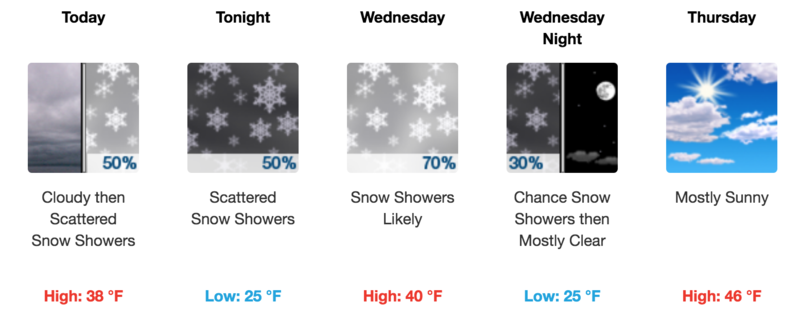Backcountry travel in snow covered mountains should always be done with an awareness for avalanche potential, and LOW danger doesn't mean NO danger. Continue to practice safe travel techniques by only putting one person on a slope at a time. Be alert to changing weather conditions and keep the following avalanche problems in mind:
Wet Snow: On warm, sunny days you need to be alert to a rising danger for wet snow avalanches. Signs of instability include roller balls, pinwheels, and loose, wet sluffs. Follow the sun and get off of steep slopes if they become wet and sloppy.
Wind Drifted Snow: Always be on the lookout for areas of wind drifted snow on the leeward sides of ridge crests and terrain features. They are often recognizable as smooth, rounded pillows, or they may feel and sound hollow like a drum. Old, hard wind slabs will be harder to trigger, but they will also have higher consequences. Even a small wind slab release could be devastating if it swept you over a cliff. Choose terrain wisely and with regard for consequences.
New Snow: 6" or more of new snow can cause a rise in the avalanche danger. Sluffing and soft slabs are possible.










